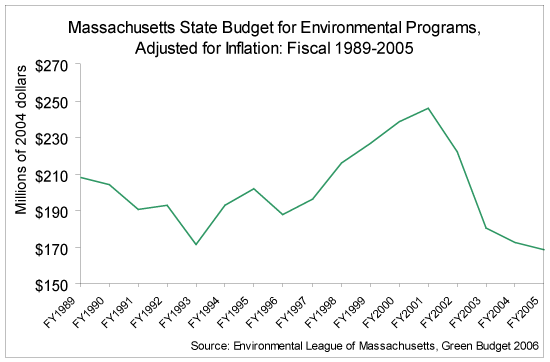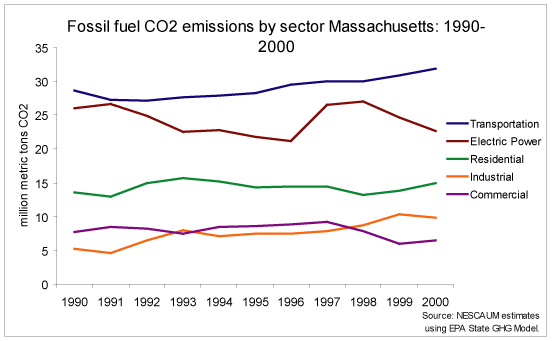MEASURES OF ENVIRONMENTAL PERFORMANCE:
|
||||
ABSTRACT
THIS STUDY:
FURTHER EXPLORING THE USE OF INDICATORS: An Indicators Master's Thesis (in progress)

ABSTRACT
Community indicators projects have emerged throughout the nation in recent decades as a way to gather and communicate information measuring the performance of a community in relation to its self-defined values. Due in large part to the formation of the National Neighborhood Indicators Partnership at the Urban Institute, which itself is made up of twenty-six projects throughout the country, over two-hundred indicators projects exist today. These projects try to quantify the typically qualitative phenomenon of community well-being using more measures than just economic indicators. The projects create and examine indicators for a combination of economic, environmental, public health and other social attributes (Gahin and Paterson 2001).
One such venture is the Boston Indicators Project, which was founded in 1997 and is sponsored by The Boston Foundation, the Boston Redevelopment Authority and the Metropolitan Area Planning Council. In addition to introducing the concept of indicators and indicators projects, the study contained in these webpages explains the structure and process of the Boston Indicators Project. The study concludes with a more in-depth look at the environmental indicators used by the BIP.

